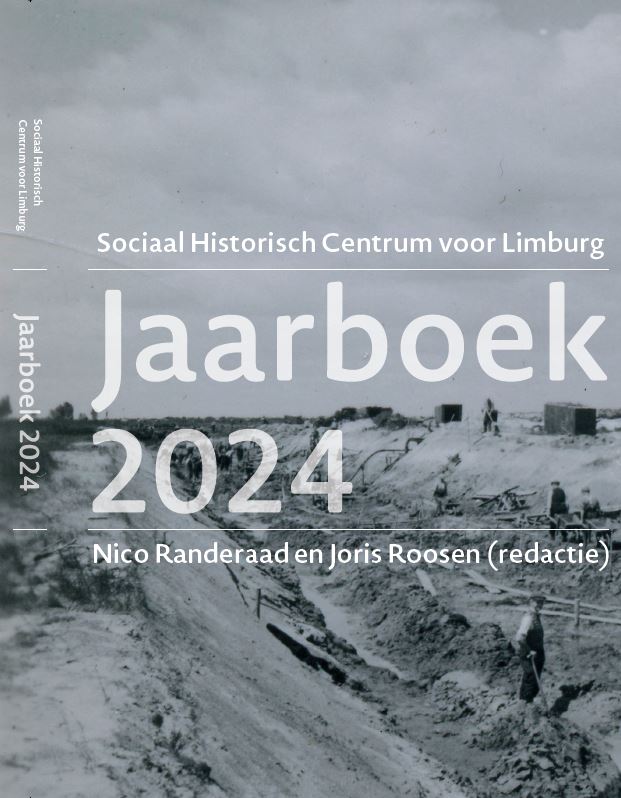Limburgs landschap op Limburgse vaandels
Vaandels als beeldbepalers en indicatoren van Limburgse regionale cultuur
DOI:
https://doi.org/10.58484/ssegl.v69i21879Trefwoorden:
Vlaggen, vaandels, symboliek, landschappen, LimburgSamenvatting
This study investigates the cultural and artistic significance of banners and flags as expressions of Limburg’s regional identity, as this, rooted in Catholic traditions, developed amidst political and social changes. Banners produced by various associations – religious guilds, social organizations, trade unions and leisure clubs — displayed symbols identifying geographical, social, and economic aspects of Limburg society. Drawing on the DRAPO database, which contains some 1,000 banners produced over the last 150 years evolving stylistically through neoclassicism, art deco, and postwar modernism, the article surveys their local/spatial imagery: landscapes, local churches, and heraldic symbols, The study highlights a "banal Catholicism" evident in iconography and the subtle inclusion of local parish identities on the banners. Displayed as visual anchors for collective self-presentation in public space, this iconography, documents, not only a stylistic development whose artistic expression evolves in tandem with a changing social landscape, but also a distinct and permanent cultural cohesion that combines local particularism with communitarian solidarity.
Downloads
Downloads
Gepubliceerd
Nummer
Sectie
Licentie

Dit werk wordt verdeeld onder een Naamsvermelding-NietCommercieel 4.0 Internationaal licentie.


